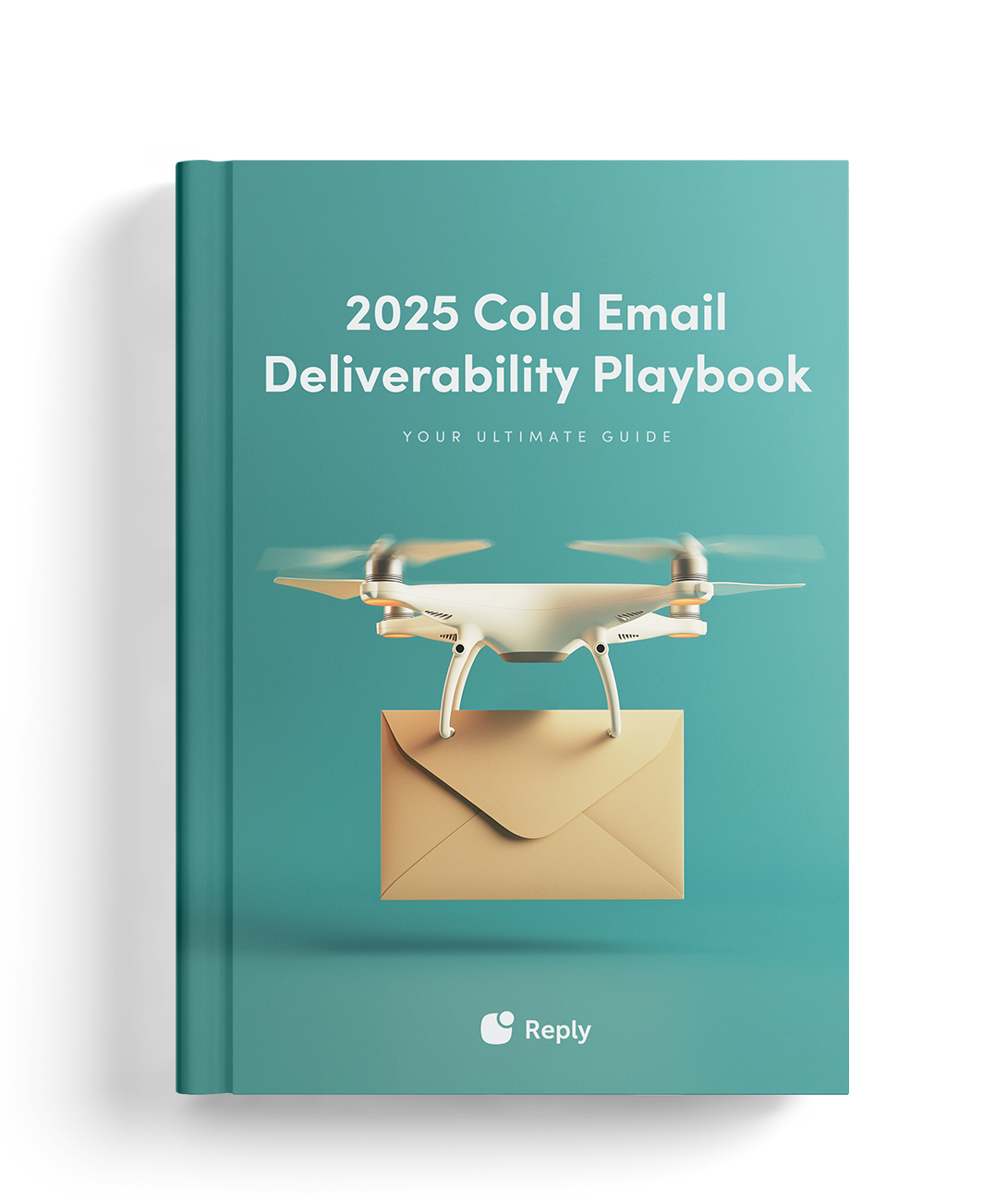When to send a ‘thank you for your consideration’ email
A well-timed “thank you for your consideration” email can leave a great impression, strengthen professional relationships, and even tip the scales in your favor—whether you’re job hunting, pitching a business deal, or making a special request. But when exactly should you send one?
Here are five key situations where a well-crafted thank-you email can make all the difference:
1. After a job interview (even if you’re not sure about the outcome)
This is the most common scenario for a “thank you for considering me for the position” email. No matter if it was a phone screen, a panel interview, or a final round with the CEO, sending a thank-you note shows professionalism, gratitude, and enthusiasm for the role.
Why it matters:
- It helps you stand out from other candidates.
- It reinforces your interest in the position.
- It allows you to highlight or clarify key points from the interview.
Example timing: Within 24 hours of the interview (so you stay fresh in their minds).
2. After submitting a job application or proposal
If you’ve applied for a job, pitched a business idea, or sent a project proposal, a quick follow-up email (like “I preciate your consideration” one) can show initiative and professionalism.
Why it matters:
- It acknowledges their time reviewing your submission.
- It demonstrates enthusiasm without being pushy.
- It can be a subtle reminder of your application (especially if there are lots of applicants).
Example timing: Within 48 hours after submitting your application or proposal.
3. After a business meeting, sales pitch, or client proposal
High-stakes business meetings and sales conversations don’t always end with an immediate “yes”—sometimes, the decision-makers need time to think. A thank-you email can help keep the momentum going.
Why it matters:
- It leaves a positive, professional impression.
- It allows you to summarize key points discussed.
- It provides an opportunity to address concerns and reinforce your value.
Example timing: Same day or next business day after the meeting.
4. When someone takes the time to consider your request
Maybe you’ve asked for a raise, a promotion, a freelance opportunity, or a favor from a busy professional. Even if they don’t say yes immediately (or at all), showing gratitude for their time keeps the door open for future opportunities.
Why it matters:
- It acknowledges their time and effort.
- It builds goodwill, even if the answer is “not now.”
- It increases your chances of a positive response down the line.
Example timing: Within 24-48 hours of their response (or even before they make a decision).
5. After receiving a rejection (yes, really!)
Didn’t get the job, contract, or funding? It might feel counterintuitive, but sending a thank-you email after a rejection can actually benefit you.
Why it matters:
- It shows professionalism and maturity It shows professionalism and maturity (that’s the whole ‘thank you for consideration’ meaning, right?)
- It keeps the relationship warm for future opportunities.
- It leaves the door open for referrals, feedback, or reconsideration.
Example timing: Within a few days of receiving the rejection.
12 alternatives to the common phrase “thank you for your time and consideration”
We’ve all been there—staring at a blank email, trying to find the right words to express our gratitude. It’s easy to fall back on the tried-and-true “thank you for your consideration.”
However, this phrase, while polite, can sometimes feel impersonal or routine. That’s why we’ve compiled a list of 12 alternative expressions that can breathe new life into your professional communications.
Now, let’s explore how to say thank you for your consideration in email with these alternatives that can help your letters, emails, and messages stand out:
| The alternatives |
Descriptions |
| Thank you for your time and attention! |
This phrase acknowledges the valuable resources the recipient has dedicated to you. |
| I appreciate your thoughtfulness! |
Use this when someone has shown particular consideration or gone above and beyond. |
| Your consideration is greatly valued! |
This expresses gratitude while emphasizing the importance of their input. |
| I’m truly grateful for your insights! |
Perfect for situations where someone has shared valuable knowledge or advice. |
| Your support means a great deal to me! |
This adds a personal touch, showing how their actions have affected you. |
| I sincerely appreciate your assistance! |
The addition of “sincerely” underscores the genuineness of your gratitude. |
| Your generosity has not gone unnoticed! |
This subtly implies that you’ll remember their kindness, which can be particularly effective in professional settings. |
| I’m indebted to you for your kindness! |
Use this to acknowledge a significant favor or help, implying a sense of reciprocity. |
| Your input has been invaluable! |
This emphasizes the high value you place on their contribution. |
| I’m genuinely thankful for the opportunity! |
Ideal for situations where someone has provided you with a chance or opened a door for you. |
| Your help has made a significant difference! |
This highlights the tangible impact of their assistance. |
| I’m profoundly appreciative of your support! |
Use this to express deep gratitude for ongoing or substantial support. |
It’s time to hit a “send” button for your thank-you emails!
knowing what to say is only half the battle. To truly maximize the impact of your thank-you emails, you need a powerful tool that can help you personalize, automate, and optimize your outreach. That’s where Reply.io comes in.
Imagine being able to:
- Send perfectly timed, personalized emails at scale
- Track the performance of your gratitude-focused messages
- A/B test different thank-you phrases to see which resonate best with your audience
- Seamlessly integrate your thank-you emails into broader sales and follow-up sequences
With Reply.io’s sales engagement platform, all this and more is at your fingertips. Don’t let another opportunity slip away due to lackluster follow-up. Take your thank-you game to the next level and watch your relationships and results flourish.
Ready to transform your “thank you for your consideration” emails from obligatory afterthoughts into powerful tools for building lasting business relationships? Sign up for Reply.io today and start turning gratitude into growth!
![12 Ways to Say “Thank You for Your Consideration” in Emails [+Templates] 12 Ways to Say “Thank You for Your Consideration” in Emails [+Templates]](https://reply.io/wp-content/uploads/thank.you-1-1080x567.jpg)






